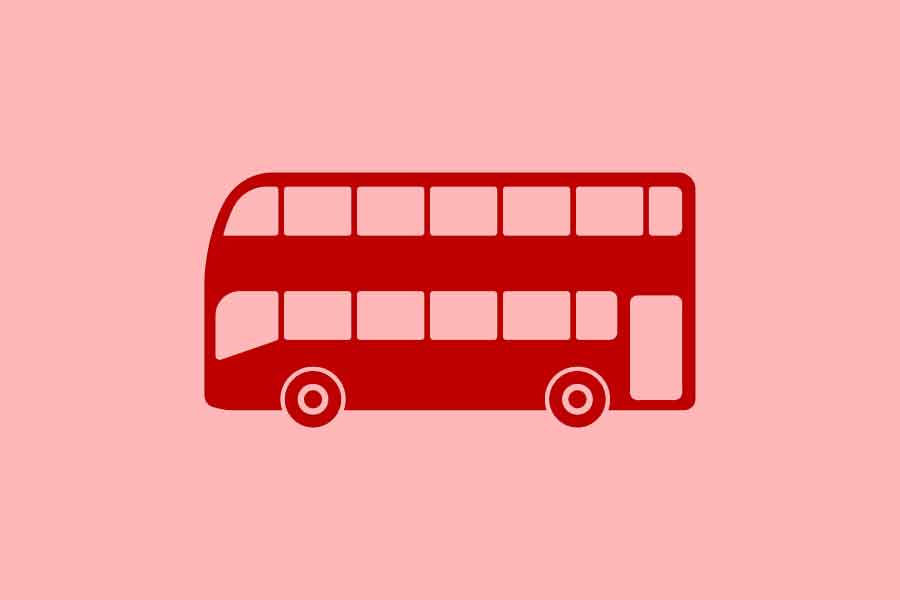
Published :
Updated :

The country's public transport system undeniably needs transformation in the long term. Whether that transformation should include introducing double-decker electric buses deserves unbiased scrutiny. According to a report published in The Financial Express, the government is now engaged in negotiations on a new Indian line of credit (LoC) worth Tk. 11.5 billion, which would facilitate the procurement of 100 such buses. One segment of Dhaka's public transport system---metro rail---launched only recently is run by electricity. Electric buses will be another addition, much to the delight of the city dwellers. Together, they could be game changers in the country's transport sector.
A few major Indian cities saw the introduction of electric buses only a couple of years back. Double-decker variety joined the fleet of electric buses in August last year. So, it will be too early to assess these vehicles' operational and maintenance aspects. Yet, as a manufacturer of electric buses and its large cities with relatively better traffic management, India enjoys a distinct edge in operating sophisticated motor vehicles. Unfortunately, the situation in Bangladesh is deplorable with both maintenance of state-owned buses and Dhaka city's traffic system.
Suppose the government strikes a deal on the proposed Indian LoC. In that case, double-decker electric buses will be procured from any of the Indian automobile manufacturers and placed under the Bangladesh Road Transport Corporation (BRTC). And troubles are likely to start from there. The BRTC is a perennially loss-making entity that has operated hundreds of buses imported from Japan, Sweden, Korea, China and India over the last few decades. The most significant number of buses came from India. This state-owned enterprise is an inefficient public transport operator with a poor track record in maintaining vehicles under its control. Buses often go out of operation, and many of those are dumped in their depots well ahead of their scheduled lifespan because of the lack of proper maintenance. Allegations have it that the government cannot allocate the funds necessary to ensure appropriate and timely maintenance work. Instead of keeping the existing buses road-worthy through proper maintenance, the relevant authorities seem more interested in procuring new buses. Many cite examples of Volvo buses imported from Sweden and Leyland articulated buses from India. Volvo being well-built and comfortable buses survived for six to seven years, but Leyland's articulated buses could not last even half of that time.
It is also hard to ignore the chaotic traffic situation in Dhaka City. Vehicles of all types remain stuck for hours in traffic gridlocks. This will inevitably cause harm to some of the sophisticated features of the electric buses. The issues raised here are not designed to discourage the import of cost-intensive electric buses. A modern city needs this comfortable green vehicle with low operational costs. However, before deciding on procurement, the relevant agencies should consider the situation on the ground and take measures to keep the buses running with little hiccups.


 For all latest news, follow The Financial Express Google News channel.
For all latest news, follow The Financial Express Google News channel.